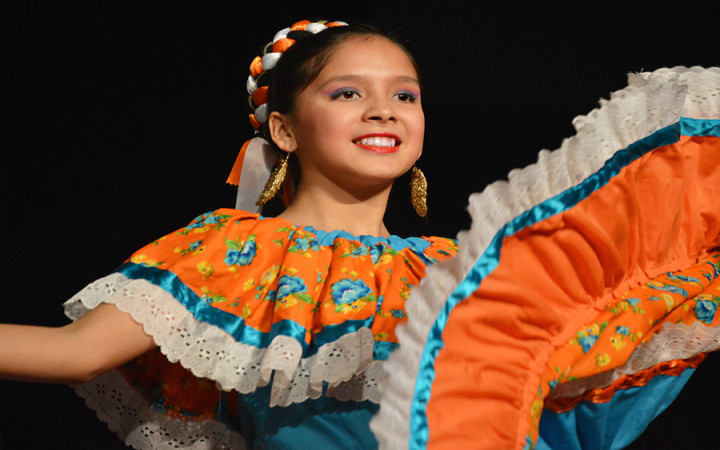Today’s Wonder of the Day was inspired by Deborah. Deborah Wonders, “What contributions did Hispanic/Latino people make to America?” Thanks for WONDERing with us, Deborah!
Jennifer Lopez. Ellen Ochoa. Sonia Sotomayor. Marco Rubio. Alex Rodriguez. Jimmy Smits. Carlos Santana. What do all these people have in common? If you know any of these names, then you might guess that they’re all famous.
That’s true. But they also have something else in common. Can you guess what it is? They’re all Hispanic! Or are they all Latinx?
You may have heard one, or both, terms used for each of these famous Americans. But do they mean the same thing?
Many people think “Hispanic” and “Latinx” are different ways to say the same thing. However, these words have different meanings. There is a lot of overlap between the terms. Still, their differences may make only one of these words correct.
Some use Hispanic and Latinx to refer to race or color. But they really describe ethnicity.
Hispanic is a term that relates to language. It describes the culture and people of areas once ruled by the Spanish Empire. The common thread among Hispanic people is their shared language: Spanish. This would include places like Mexico, Central America, and most of South America.
Latinx, on the other hand, is about geography. It describes people of Latin American descent. This would include countries in South America, Central America, the Caribbean, and North America whose people speak Romance languages, such as Spanish, French, Italian, and Portuguese.
Based upon those meanings, it’s easy to see how much overlap there is between the terms Hispanic and Latinx. To make things more confusing, the term “Hispanic” comes from the Latin word for “Spain,” while Latinx comes from the Spanish word for “Latin.”
To see where the two terms differ, look no further than people of Brazilian descent. The people of Brazil speak Portuguese rather than Spanish. Many people in Brazil consider themselves Latinx but not Hispanic.
Today, there are over 56 million Hispanic and Latinx people in the United States. That’s over 17% of the U.S. population. By the year 2060, they expect those totals to grow to 28% of the population for a total of 119 million people. As America’s largest ethnic minority, the contributions of Hispanic and Latinx people are widespread and significant—both in the Americas and worldwide.
Standards: CCRA.L.3, CCRA.L.6, CCRA.R.1, CCRA.R.2, CCRA.R.4, CCRA.R.10, CCRA.SL.1





